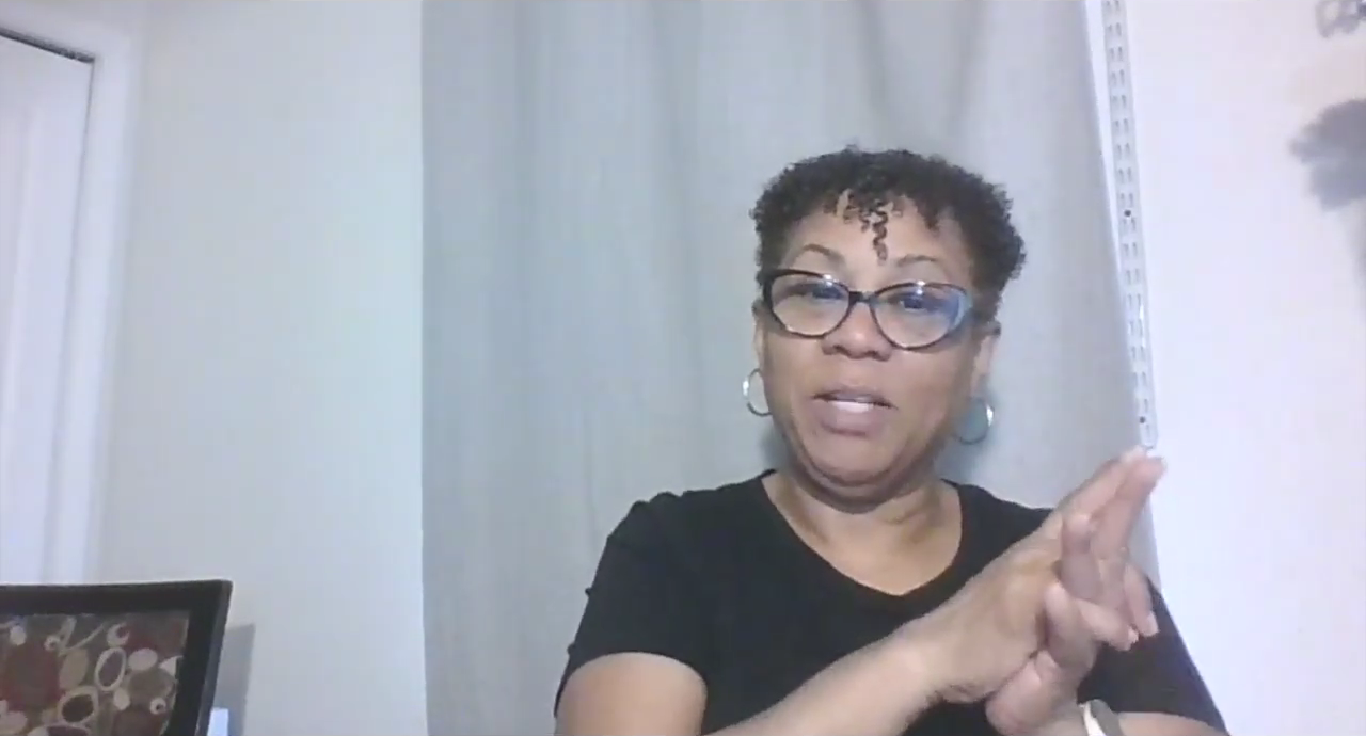Managing Your Inventory Cash Flow
Guest Post by Cyndi Thomason of bookskeep
How much of your Amazon payout do you need to set aside to purchase your next round of inventory? When will you have to make that next payment to your wholesale supplier, and isn’t your credit card payment coming due? If the answers to these questions don’t just roll off the top of your head, then you’re probably not using Profit First to manage your cash. If you wake up in the wee hours of the night and worry about making that next payment, then you’re not using Profit First.
It’s not that Profit First solves all these problems; it does, however, put you in the know. The Profit First cash flow model in the, ecommerce and Amazon environment is one of the most straightforward strategies (with a significant payback) to help you understand your inventory cash flow. Here’s the “Quick Start” way to set Profit First in motion—You merely create an inventory bank account and designate separate credit cards for inventory and operating expenses. Let’s expand on this a little and put it to work for you.
Sellers
Most sellers operate with one checking account. Inventory and operating expenses are combined in this checking account, and as a result, it is hard to understand the flow of funds for any particular purpose. If you are a retail arbitrage or online arbitrage seller, you usually purchase your inventory with credit cards to be paid off in 30 days. As a wholesale seller, you may make your orders months in advance with terms, and you know you have a massive bill coming due at an agreed-upon date. If you are a private label seller, typically you are required to pay 30% to your manufacturer at the time you place an order and 70% at the time the order ships. If you are using one bank account for all business activity, you should be mentally setting aside funds for the inventory payment that you know is coming. However, as your checking account balance grows, Parkinson’s Law begins to work its evil magic, and you start to dream about how you can use those funds for other purposes in your business. The good news is that Parkinson’s Law can also work in your favor as it improves your behavior, moving from a disadvantage to a definite advantage.
Open a Separate Checking Account
Fund this account with a percentage of each Amazon payout. A straightforward way to calculate the amount to move into your inventory checking account is to look at the cost of goods sold for the period covered by the payout. For example, your product sales were $90,000 for the two-week payout period. After Amazon collects its fees, your payout will be about $60,000. The products you sold cost you $27,000. When you receive the $60,000 in your bank account, move $27,000 over to your inventory account. This is building up the inventory account at the replenishment rate. When you are ready to place your next order or pay off the credit cards for your purchases, you will already have the funds set aside.
I often hear this objection from sellers—“But I want to pay for my inventory on my credit card so that I can get points or miles or cash back.” No problem; designate a credit card for inventory purchases. You will be able to accumulate the points from the credit card and extend the time on paying for your inventory by working with the 30-day payment requirements of the credit card company. However, you will have the money in the bank to pay this off and ensure that you are keeping your finances “above water.”

If you have been using your credit cards for inventory and operating expenses, separate them for designated purposes in the same way you divided the bank account for identified purposes. During the month, you can evaluate the charges on the credit cards against the funds available in your bank account. You can quickly see if cash is available to meet the credit you are accumulating. If not, you need to act soon. Don’t continue to build up credit balances that you cannot repay. This is a red flag that you are either selling your products below the gross margin level needed to sustain your business, or your operating expenses are out of control.
The inventory account can be used to pay for any expense associated with getting your product to Amazon. You may have prep center fees, shipping, and bonding fees. You may have ancillary expenses like packaging and instructional inserts, etc. These expenses relate to the cost of your product. They are not operating expenses. You may pay for them more frequently than you pay your manufacturer, but they are still product-related costs. Make sure you are setting aside funds in your inventory checking account from each payout to cover these costs for the next order.
Savings Account
While you are at the bank setting up your inventory account, also set up a savings account if you don’t already have one. This will be your profit account. With these three accounts, you now have a smooth, solid foundation for getting started with Profit First—the operating expense checking account that has been your main bank account, an inventory checking account, and a profit savings account. As you transfer the funds from each payout into your inventory account, also transfer 1% of what remains of the payout into your Profit Savings account. With this one small step you are making profit a habit; putting profit first.
This strategy is described in detail in my book, Profit First for Ecommerce Sellers. If you are struggling with cash flow, this book answers many questions about how to put Profit First to work in an ecommerce business. If you run into issues opening your bank accounts, here is a listing of banks that have been Profit First-friendly in the past. Take these easy steps and get control of the inventory monster that’s keeping you up at night.
 Cyndi Thomason – bookskeep
Cyndi Thomason – bookskeep
All great journeys begin with a single step.
For bookskeep, that step was our very first Amazon client. I enjoyed working with them so much that through consistent referrals, I began partnering with more Amazon sellers every month. I quickly realized something: Many Amazon pros are pursuing the same flexible lifestyle I am. From that realization was born one of our primary goals at bookskeep—to loosen the financial grip your business has on you so that you can enjoy your life as you build your business.
Try InventoryLab Today
30 Day Free Trial
Save time and money by streamlining your Amazon business. Source, List, Ship, and Analyze all in one place.
Get Started
Comments(0)